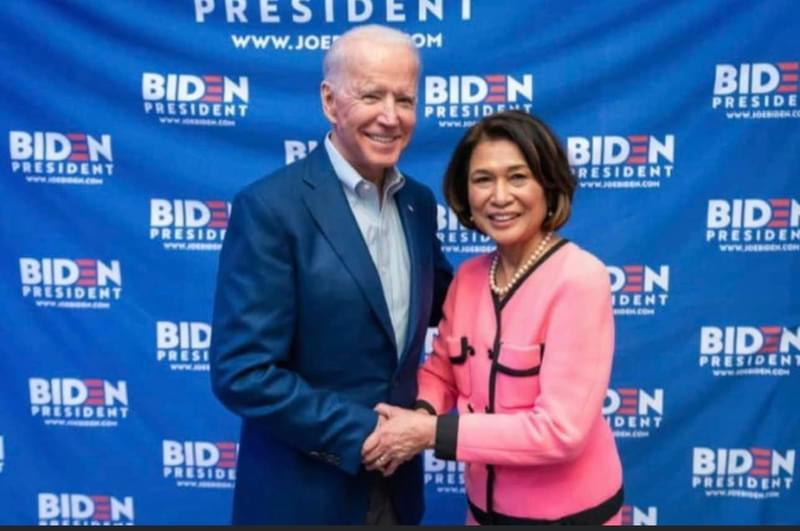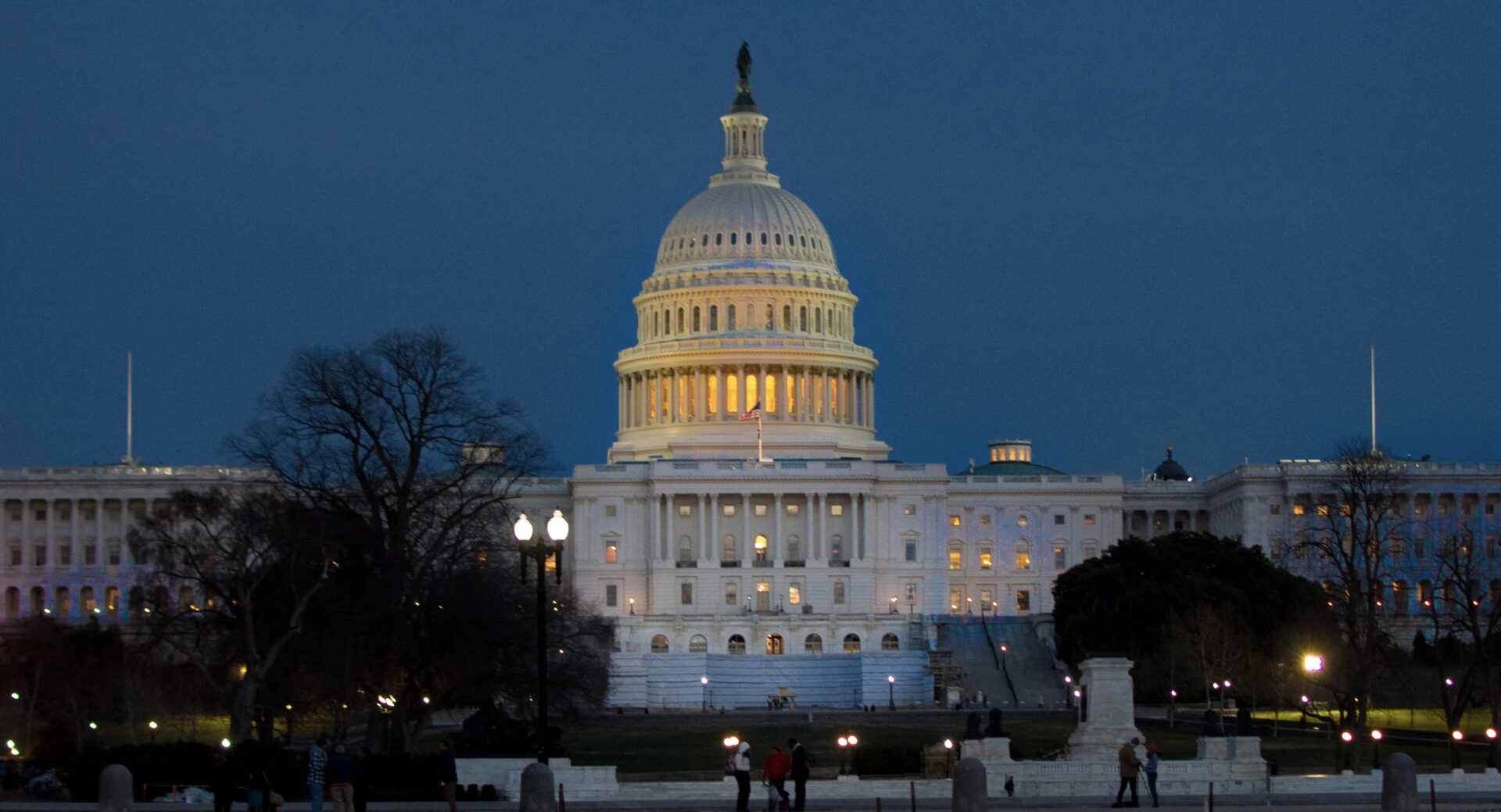Vote for DACA fix, CHIP reauthorization pushed back to February 8
After receiving backlash for allowing the government to shut down on Friday, January 19, a bipartisan group of United States Congress members presented a bill on Monday, January 22 that would reopen the government and allow thousands of furloughed federal employees to return to work.
Members of Congress were to put together a spending package by midnight on Friday, but due to disagreements with certain bills and a refusal by Senate Democrats to support a stopgap funding measure to extend the deadline, the shutdown went into effect.
Through bargaining with other Congress members behind closed doors (and knowing that the repercussions of a shut down worsen as time goes on), key lawmakers on Capitol Hill voted overwhelmingly on Monday to break the filibuster and reopen the government.
“Should we have ever shut down the government? Absolutely not,” said Senator Joe Manchin III (D-WV), who was a leader in negotiating a way out from the shutdown.
Senate Democrats relented to joining the Republicans to allow the passage of a short-term spending package that would provide government funding until February 8. Democrats agreed to the terms as long as Republican leaders promised a solution for undocumented youth, known as DREAMers.
In other words, the GOP had to commit to finding a legislative solution for the Deferred Action for Childhood Arrivals (DACA) program, which was terminated by the Trump administration last September.
The bipartisan group of senators that ended the gridlock included more than 20 lawmakers that met behind closed doors. Among the Democrats included Sens. Tim Kaine of Virginia and newly-elected Doug Jones of Alabama. The Republicans included Trump critics like Sens. Susan Collins of Maine and Bob Corker of Tennessee.
“Shutting down the government was inappropriate, but I am encouraged by the bipartisan discussions that have occurred over the past few days. I will continue working with my colleagues on a solution to the number of challenges still before us,” Corker tweeted on Monday.
For some, the sound of bipartisanship to coalesce a solution to a problem in an age where partisan politics can muddy legislative progress was a sign of good things to come.
Although the Senate’s vote was a short-term solution to the shutdown, some don’t agree with the Democrats’ decision to extend the funding, arguing that putting off the DACA fix prolongs the uncertainty felt by many undocumented youth, 800,000 of whom received benefits from DACA.
Legal and civil rights organization Asian Americans Advancing Justice – Los Angeles denounced the vote as extends the state of uncertainty so many DREAMers have been in since DACA’s termination.
“A number of Republicans have continuously promised to provide a resolution for DACA recipients within the negotiations about a government spending bill,” Advancing Justice-LA wrote in a statement. “Today, a resolution for DACA recipients slipped through our fingers when Senators got cold feet.”
Advancing Justice-LA also criticized Congress’ inability to pass the DREAM Act — which would provide DREAMers a pathway to citizenship — despite overwhelming support for it.
“The plan to bring an immigration bill to a vote as standalone legislation in the Senate is not guaranteed, and it does not include a path forward for the House,” Advancing Justice-LA added. “The majority of Americans support a solution for DACA recipients and we have the votes in both houses to get the DREAM Act passed into law, [but] the president and Speaker [Paul] Ryan continue to obstruct a solution.”
Also, a promise guaranteed in the stopgap measure was a long-term solution for the Children’s Health Insurance Program (CHIP), a bipartisan-created public health insurance program for children of low-earning families that was not reauthorized by Congress in 2017.
The bill passed on Monday guarantees six years of federal funding for CHIP, which was ended on Sept. 30, 2017 when lawmakers failed to reauthorize it for the first time in two decades, which outraged public health professionals.
Approximately 1.3 million children in California are enrolled in public health programs through CHIP, the highest enrollment rate of any state that runs out of funding this year, as previously reported by the Asian Journal. Additionally, about 3 out of 4 of those children are children of color.
The program provided a whole host of medical services for underprivileged children: routine check-ups, immunizations, emergency services, prescriptions and inpatient and outpatient hospital care to name a few.
In addition to providing coverage for children, CHIP also provides for more than 370,000 pregnant women a year.
This measure relieves some stress for states (who share responsibility for funding CHIP), many of which have been depleting their remaining funds for their state’s CHIPs.
Federal funding — which is an estimated $124 billion — will continue through 2023. For the first two years, federal funding will pay for at least 88 percent of the program’s expenses in all states; after that, the federal government’s share will decrease over two years.
What happens when the government shuts down?
Hearing of the government shutting down rightfully terrified people across the nation. The shutdown is over, but the frenzy still begs the question: what does it mean when the government shuts down?
The government shuts down when Congress and the White House fail to pass a spending package that funds government operations and agencies across the country.
When the government shuts down, only “essential” federal employees are to report for work while “non-essential” employees will be placed on furlough. For example, if the government shutdown had persisted, more than half of workers from the Internal Revenue Service (IRS) were to be placed on furlough.
Most workers from other federal offices — like the Dept. of Education, National Transportation Safety Board and Consumer Product Safety Commission — were furloughed. Over the weekend, tourists hoping to visit the Statue of Liberty in New York weren’t able to visit because the national landmark was one of the federally-funded sites closed by the shutdown.
The furlough continues until Congress can agree on a bill that would extend government funding.
The last time the government shut down was in Oct. 2013 when for 16 days, the government shutdown largely impacted government employees, agencies and federally-funded buildings and landmarks.






